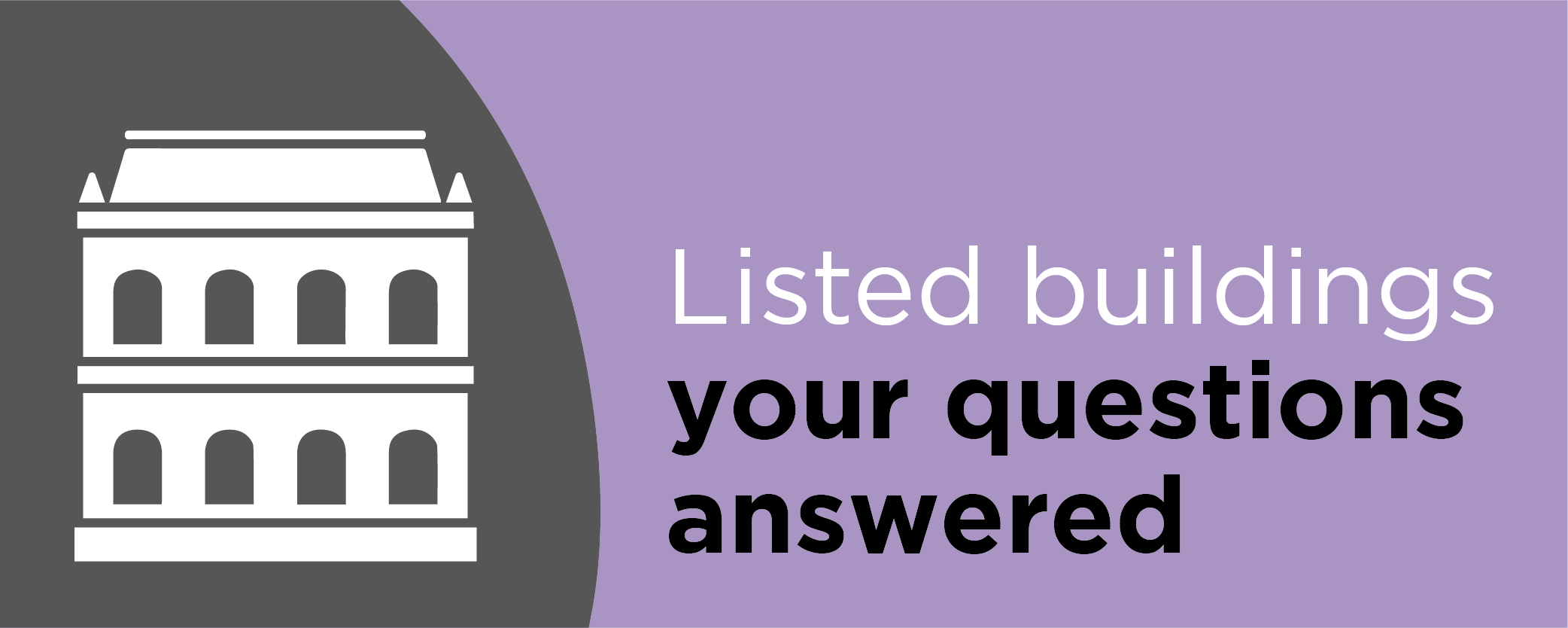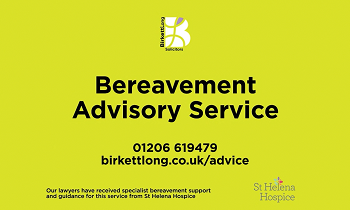- Basildon 01268244144
- Chelmsford 01245453800
- Colchester 01206217300
- London 020 4586 1280

Here, we provide insights into what constitutes a listed building, the intricacies of obtaining listed building consent, and the various considerations associated with these historically significant properties.
What is a listed building?
A listed building is ’a building which is for the time being included in a list compiled by or approved by the Secretary of State’ (section 1(5), of the Planning (Listed Buildings and Conservation Areas) Act 1990).
How many listed buildings are there in England?
It is estimated that there are approximately 500,000 listed buildings on The National Heritage List for England.
How many listed buildings are there in Essex?
There are approximately 14,881 records listed for Essex, of which it is estimated that around 9000 are private homes.
What are the three grades of listed buildings?
Grade I - these are buildings of exceptional national interest. Approximately 2.5% of listed buildings are Grade I listed.
Grade II* - These are particularly important buildings of more than special interest and have some national significance. Approximately 5.5% of listed buildings are Grade II* listed.
Grade II - These are buildings of special interest, warranting every effort to preserve them, but tend to be of more local importance.
Grade I is the highest grade of listing, and Grade II is the lowest. The higher the grade of listing, the harder it may be to obtain listed building consent to carry out works to the property.
It is possible to change the grading of a listed building if, for example, evidence of the history of the building comes to light or the property is damaged or altered in some way.
How can I find out if my property is listed?
The Historic England website has a search function which enables you to search the list; see here: https://historicengland.org.uk/listing/the-list/
Making improvements to listed buildings
It is a criminal offence to demolish or carry out works that affect the listed building’s character as a building of special architectural or historic interest without listed building consent, except in accordance with a listed building consent (section 9(1) and 9(2) of the Planning (Listed Buildings and Conservation Areas) Act 1990).
How do you get a listed building surveyed?
Having a survey is always recommended on any property purchase, but due to the implications, if unauthorised works are carried out, it is strongly advised that a detailed listed building survey is carried out by a building surveyor specialising in listed buildings.
On this basis, if you plan to carry out any works to a listed building, it is strongly recommended that you enquire with the Local Planning Authority as to whether permission is required and ensure that it is obtained.
What happens if unauthorised works are carried out to a listed building?
If works are carried out to a listed building for which listed building consent would be required, but for which listed building consent was not obtained, the local planning authority has the power to prosecute, take enforcement action and/or apply to the court for an injunction.
Can I obtain buildings insurance for listed buildings?
As listed buildings are often much older and more historic in nature, they are often required higher risk by insurers, but as with any property purchase, it is recommended that you obtain quotes for buildings insurance in advance of the exchange of contracts to ensure that buildings insurance that is satisfactory to you and any mortgage lender, can be obtained.
I am considering buying a listed building; when should I contact a solicitor?
A solicitor will need to be instructed once a sale/purchase has been agreed, but if you have any questions about the property title, it is recommended that you reach out to a solicitor as early as possible.
This blog is part of Birkett Long's National Conveyancing Week celebrations. If you would like to discuss our conveyancing services, please get in touch. I can be contacted on 01245 453861 or via email at laura.finnigan@birkettlong.co.uk



Comments